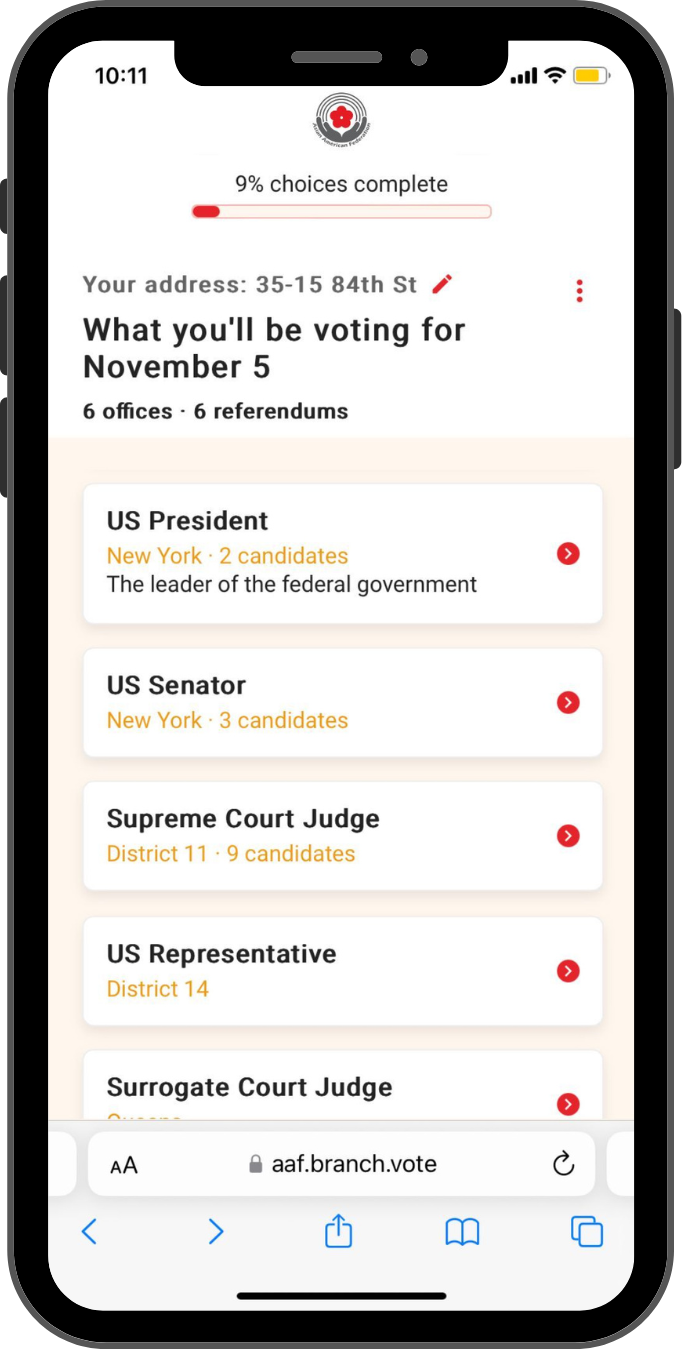Asian Community A Driving Force For Growth in New York City, According to New 2010 Census Data
According to newly release 2010 Census figures, the Asian population in New York City grew by 32 percent, faster than every other major race and ethnic group, save for American Indians and Alaska Natives. Their population grew by 39 percent, from a smaller base.
On a net basis, the Asian population increased by 251,341 in New York City since Census 2000. This is greater than the next highest ethnic group, Hispanics, who grew by 175,522. Without either group, the population of New York City would have shrunk over the last decade. Asians are now close to 13 percent of New York City’s population.
Queens Borough remains the home to the largest Asian population in the City, with a population of 511,787. Brooklyn is second with 262,276 Asians, followed closely by Manhattan with 179,552 Asians. The Bronx had 49,609 Asians, and Staten Island had 35,164.
Growth in the Asian population across boroughs was uneven. In Brooklyn and Staten Island, the Asian population grew by 41 percent and 40 percent respectively. The Asian population in Queens increased by almost a third (31 percent). The Asian population in the Bronx and in Manhattan grew by almost a quarter (24 percent each).
By neighborhoods (using the New York City Department of City Planning’s Neighborhood Tabulation Areas), Flushing remains the home of the largest Asian community in New York City with a population of 49,975. Elmhurst, Sunset Park, Bensonhurst, Manhattan Chinatown, Murray Hill, Jackson Heights, Forest Hills, Lower East Side, Woodside, South Ozone Park, Richmond Hill, Bayside, East Flushing, and Sunnyside all have more that 15,000 Asian residents.
Seven neighborhoods in New York City are majority Asian: Flushing, Queensboro Hill, East Flushing, Elmhurst-Maspeth, Murray Hill in Queens; Chinatown in Manhattan; and Sunset Park East in Brooklyn. Flushing is 69 percent Asian and Sunset Park East is 52 percent Asian. Only Chinatown and Flushing were majority Asian in the Census 2000.
The neighborhood with the fastest growing Asian population was Baisley Park in Queens, growing from a small base of 328 Asians in 2000 to 1,618 Asians in 2010. Of the neighborhoods with more than 1,000 Asians in 2000, East New York in Brooklyn and Battery Park City-Lower Manhattan saw the largest growth in Asian population at 138 percent and 137 percent respectively.
Some neighborhoods saw a decline in the Asian population. Canarsie in Brooklyn saw the biggest decline of 38 percent from 3,587 in 2000 to 2,238 in 2010. Among the larger Asian neighborhoods, Manhattan’s Chinatown saw a decline of 14 percent and Astoria in Queens had 4 percent fewer Asians. All three neighborhoods saw declines in total population as well.
The data released on Thursday represents the first tangible benefits of the hard work and dedication of Asian American Federation and our 40 partners across New Jersey, New York, and Philadelphia to get all Asian Americans counted. Over the next twelve months the Census Bureau will be releasing more detail data on Asian American communities, including the first ever published counts of Bhutanese, Burmese and Nepalese Americans this summer. As the data becomes available, the Federation will release a series of profiles of the ethnic neighborhoods across New York, New Jersey, and Philadelphia.
Check our Facebook page (http://www.facebook.com/pages/New-York-NY/Asian-American-Federation/270239583394) and our website (https://www.aafederation.org) for further announcements and new data products from the Asian American Federation’s Census Information Center.
CONTACT: Howard Shih
2123445878, Ext:19
howard.shih@aafederation.org
